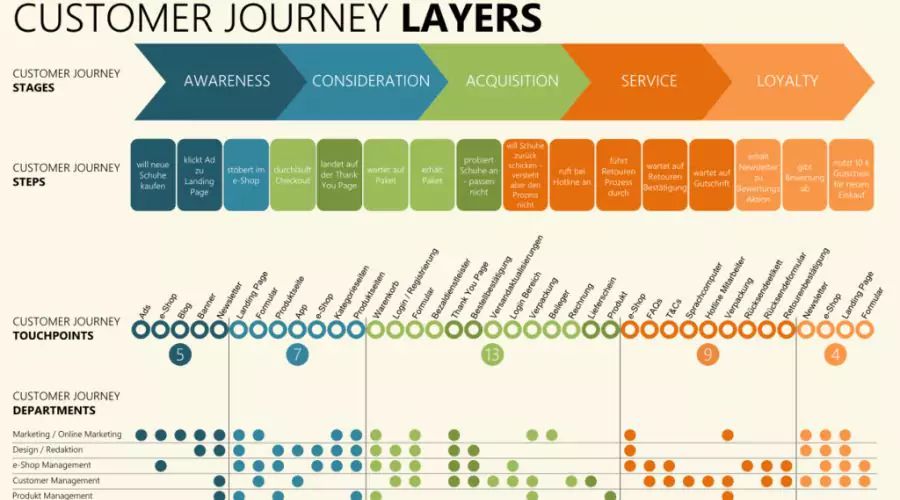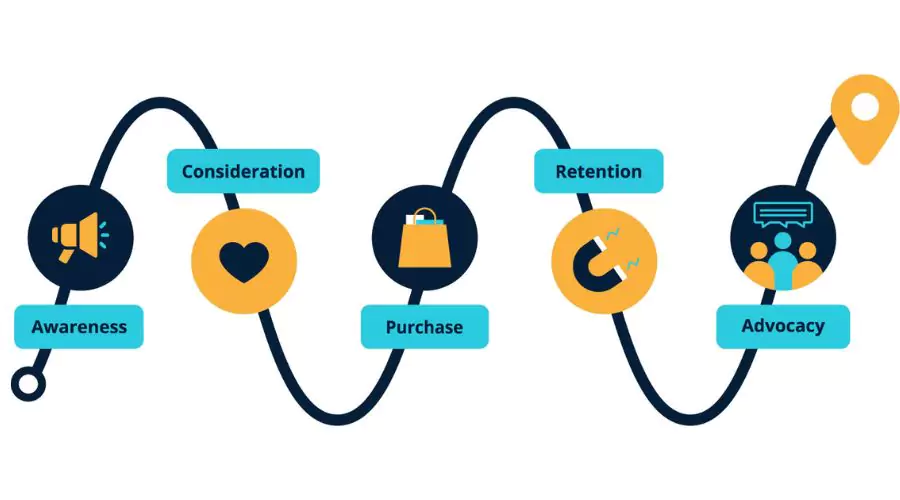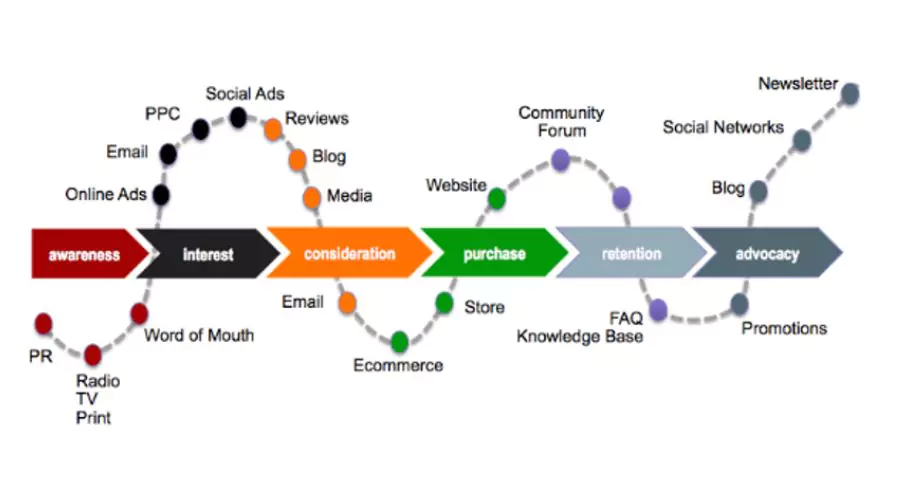Understanding and optimising the customer journey has become more critical in today’s fast-paced business landscape. Customers interact with businesses across multiple online and offline touchpoints, and their expectations for seamless, personalised experiences constantly evolve. This is where customer journey analytics comes into play. Customer journey analytics is a powerful approach that allows businesses to track, analyse, and optimise customer interaction with their brand, from initial awareness to post-purchase experience. Customer journey analytics involves collecting and analysing data from various sources, such as customer interactions, transactions, and behaviours, to gain deep insights into customer behaviour and preferences.
By understanding the entire customer journey, businesses can identify pain points, areas of improvement, and opportunities for enhancing customer satisfaction and loyalty. This data-driven approach enables businesses to make informed decisions and take proactive actions to optimise the customer experience and drive business growth. Read the following article curated by trendingcult to learn more about Customer Journey Analytics, ” analyse the customer journey and journey analytics.
What is Customer Journey Analytics?
This section will provide a comprehensive definition of customer journey analytics. We will explain how it involves tracking and analyzing every customer interaction with a business, from initial awareness to post-purchase experience. We will also highlight the importance of understanding the customer journey, including touchpoints across various channels and devices, to gain a holistic view of customer behavior.
Benefits of Customer Journey Analytics
1. Enhanced Customer Understanding

Customer journey analytics provides businesses with a comprehensive understanding of their customers’ behavior, preferences, and needs at different journey stages. By analyzing data from various touchpoints, businesses can gain insights into customer motivations, pain points, and expectations, which can inform targeted strategies to improve the overall customer experience. This deep customer understanding enables businesses to align their products, services, and marketing efforts with customer needs, resulting in higher customer satisfaction and loyalty.
2. Personalized and Relevant Experiences
With customer journey analytics, businesses can deliver personalized and relevant customer experiences. By analyzing customer data, businesses can identify customer segments, create customer profiles, and develop customer personas that help them understand their customers better. This enables businesses to tailor their products, services, and marketing messages to meet different customer segments’ specific needs and preferences. Personalized and relevant experiences result in higher customer engagement, increased conversions, and improved customer retention.
3. Seamless and Consistent Customer Experience

Customer journey analytics allows businesses to ensure a seamless and consistent customer experience across all touchpoints. By mapping the customer journey and analyzing customer interactions at each touchpoint, businesses can identify and address any gaps or inconsistencies in the customer experience. This helps in optimizing the customer journey, ensuring that customers have a smooth and consistent experience from initial awareness to post-purchase interactions. A seamless and consistent customer experience enhances customer satisfaction and loyalty, and also helps in building a strong brand reputation.
4. Proactive Issue Resolution
Customer journey analytics enables businesses to proactively identify and address issues that may arise during the customer journey. By analyzing data from various touchpoints, businesses can identify pain points, bottlenecks, and areas of improvement in the customer journey. This allows businesses to proactively resolve issues before they escalate into customer complaints or negative reviews. Proactive issue resolution helps improve customer satisfaction, reduce customer churn, and maintain a positive brand image.
5. Data-Driven Decision Making

Customer journey analytics provides businesses with data-driven insights that can inform strategic decision making. By analyzing customer data, businesses can identify patterns, trends, and correlations that can help them make informed decisions about product development, marketing campaigns, customer service improvements, and overall business strategies. Data-driven decision-making minimizes guesswork and ensures businesses invest their resources in areas with the highest impact on customer experience and business performance.
6. Increased Revenue and Business Growth
Optimizing the customer journey through customer journey analytics can result in increased revenue and business growth. By delivering personalized, seamless, consistent customer experiences, businesses can drive customer satisfaction, loyalty, and advocacy, leading to higher customer retention and repeat purchases. Additionally, by identifying and addressing pain points and areas of improvement in the customer journey, businesses can reduce customer churn and increase customer lifetime value. Furthermore, data-driven decision making based on customer journey analytics insights can lead to more effective marketing campaigns, better product development, and improved customer service, all of which can contribute to business growth and success.
Conclusion
In conclusion, customer journey analytics is a powerful tool that allows businesses to gain deep insights into customers’ behaviour, preferences and needs at different journey stages. It enables businesses to optimise the customer experience, deliver personalised and relevant experiences, ensure a seamless and consistent customer journey, proactively address issues, makes data-driven decisions, increases revenue and business growth, and gain a competitive advantage. With customer journey analytics, businesses can better understand their customers, identify pain points and areas of improvement in the customer journey, and take proactive actions to address them. By delivering personalised and relevant experiences, businesses can engage customers, build loyalty, and drive repeat purchases. A seamless and consistent customer experience across all touchpoints enhances customer satisfaction and loyalty, while proactive issue resolution helps in maintaining a positive brand image. For more information, visit Adobe and Trendingcult.






